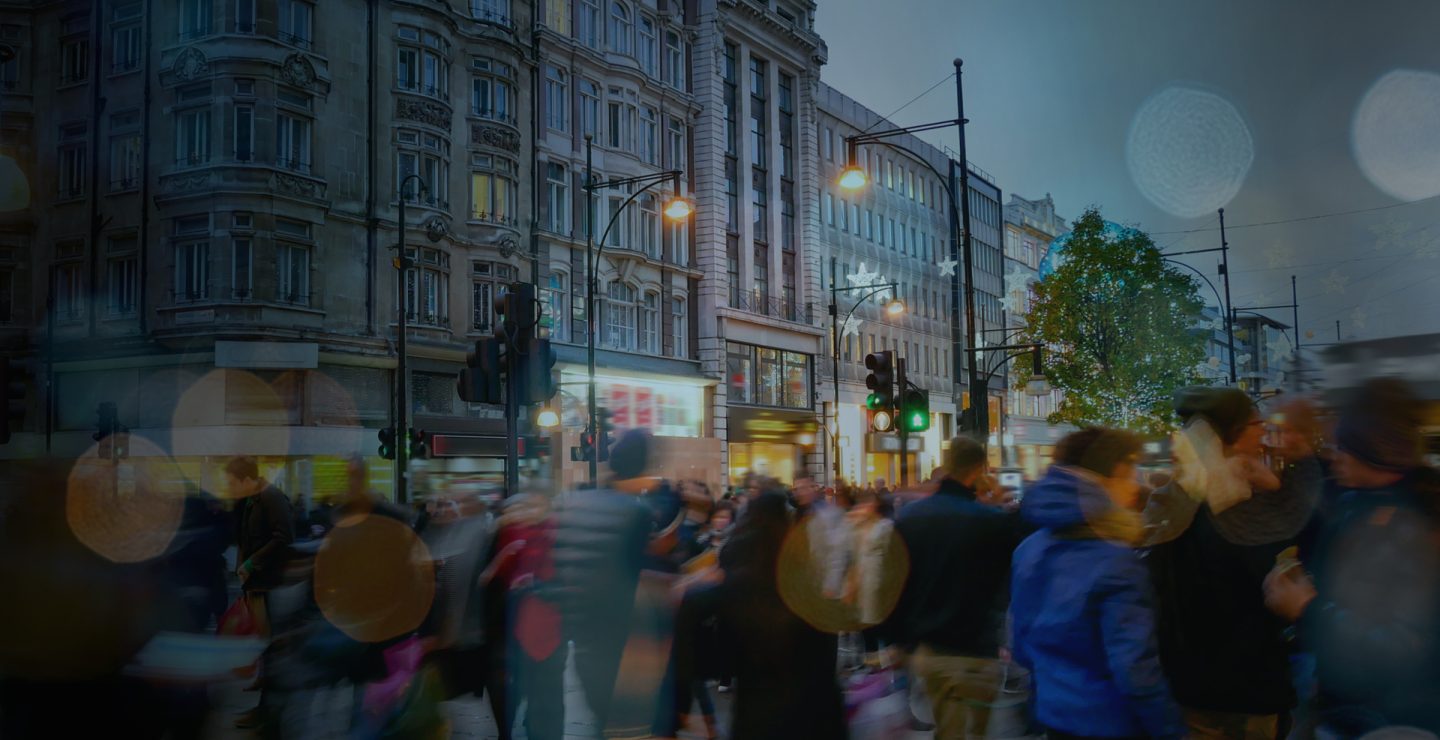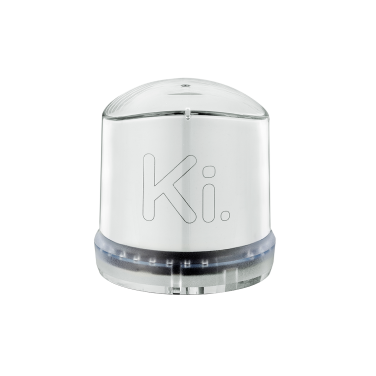Urbanisation is shaping the way cities are being developed.
It is predicted that by 2050 68% of the world’s population will reside in urban hubs*, making them vital drivers for economic growth. Combine this with the fast paced world of innovative technology and the need to make communities better connected, investment in smarter and more responsive city infrastructure is a key consideration for governmental bodies across the world.
The rapid rate of growth, in both urbanisation and innovation, means city leaders are faced with the huge challenge of accommodating citizens with effective and intuitive services while under the increasing pressure of budget cuts and resource shortage. To combat this challenge the answer is all around us; our existing lighting infrastructure can unlock the potential of tomorrow’s cities.
Street Lighting is a good place to start
Street lighting is a valuable asset revolutionising the smart city movement today; tomorrow’s cities will rely on an interoperable network of digital street furniture to monitor the way a city behaves and improve quality of life for citizens. Tomorrow’s cities will be capable of instantly responding to changing conditions affecting them, this is with thanks to the ecosystem of infrastructure that communicates, interacts and evaluates data that has been gathered by digital urban assets, such as streetlights.
…Our vision for the future is to unlock the potential of tomorrow’s cities with smart, interoperable and sustainable systems that truly benefit the community…
The connected lamp post has the potential to become a strategic smart asset, enabling a multitude of functions:
- Data relay
- WiFi
- LiFi
- Pico / femtocell
- Advertising / rental
- Vehicle / device charging
- Sensors – data on lighting / pollution / footfall / noise
- Parking management
- Traffic management
- Rental
- Dynamic road actions
The key now is separating enabling technology from viable use-cases that can be monetised. At Lucy Zodion, we believe the lamp post is at the heart of Smart Cities, Ki. can help City leaders respond to a number of municipal challenges by connecting urban assets to make them responsive to challenges on the street.


